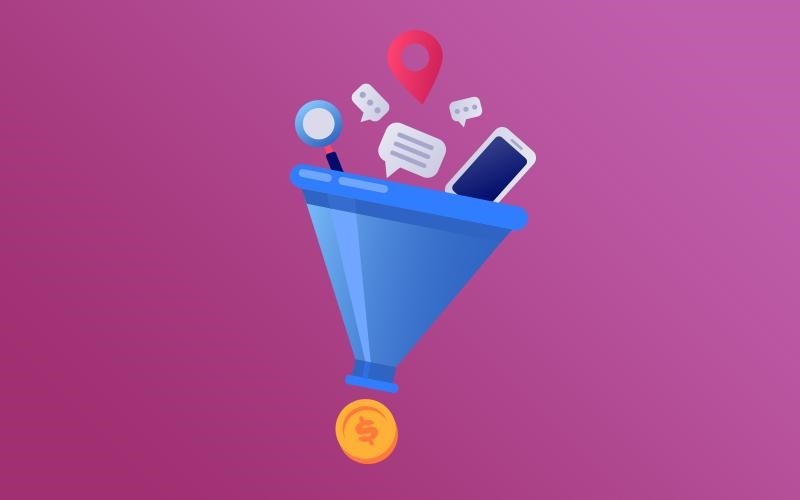
According to Pardot, 79% of marketing campaigns never lead to purchases. Only 4% of website visitors make up their mind to make a purchase.
So you ask yourself, where does the other 96% go? Well, they never buy, but there is something you can do.
What they need is encouragement and nurturing. Whilst this is what sales funnels essentially try to do, it’s not as easy as you may think.
It is one thing to build a sales funnel but entirely another thing to design a funnel pathway that converts as many visitors to buyers as possible.
Here are some tips to show you what I mean.
1. Repositioning your Call-to-Action Button
The call-to-action is a vital feature that shifts visitors from one end of the funnel to the other. It is what moves your subscribers to buyers. How you approach the CTA will determine your conversion rate in a great deal.
For too long, content marketers have been making a mistake of using just one CTA at the end of the funnel. As readers’ attention spans are continuously changing, this is not enough. Most of them only reach to the middle of the process before something else piques their attention.
It’s advisable to also place the CTA at the top and bottom of the funnel. The one placed on the top of the funnel does the primary task of calling a subscriber to join a mailing list. The one at the bottom encourages the visitors to sign up for a service or buy a product.
In addition, the CTA should make it easy for the visitors to perform the action you want them to. Create an easy-to-use form and distribute it over the page.
2. Working on Your Landing Page
Landing pages are excellent ways to promote every stage of your funnel. Since sales funnels are divided into three parts, you should have a landing page for each level.
This gives you room to increase the number of people you can capture. One landing page that works for the whole website will not yield the same results.
In all the steps, the sales funnel should follow this procedure;
- Attract customers
- Engage the customer
- Make the customers buy
The result you get here will help you analyze your business and the areas you need to improve.
3. Using the Right Navigation Layout
Many visitors use their phones to access websites. According to Smashing magazine, it’s because of this reason that website content should be kept minimum.
But because we are talking about designing a converting sales funnel, you must include all the details that will make or break their purchasing decision.
4. Eliminating Distractions
You might have a perfectly curated sales funnel, but if it has a lot of distractions, you automatically interfere with the design flow.
People make decisions quickly on whether they should stay on a website longer or not. If your page has a lot of distracting features like sidebars, top navigations, or too many images, visitors are likely to bounce off your site.
Every section within the funnel should answer whether it is the final stop or leads to another page. If there is anything else that will distract your visitors or direct them to click away, delete them.
Conclusion
You will agree that coming up with an effective sales funnel is an uphill battle. However, they still remain an essential weapon in content marketing strategies. If you need some inspiration have a look at these sales funnel templates from Performance Funnels. To convert the most visitors, it advisable that you take into account even the smallest things. It’s such alterations that will help you maximise sales at the end of the day.

